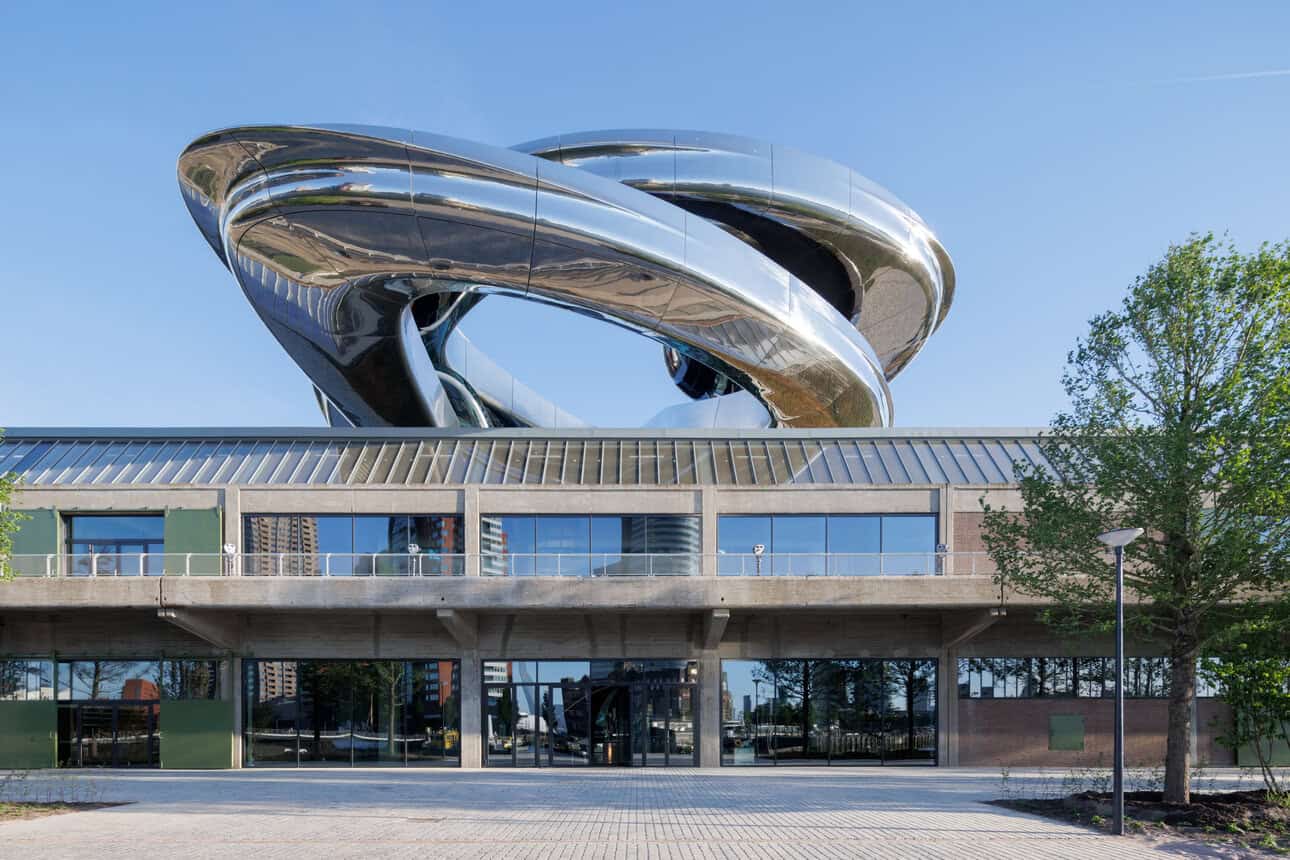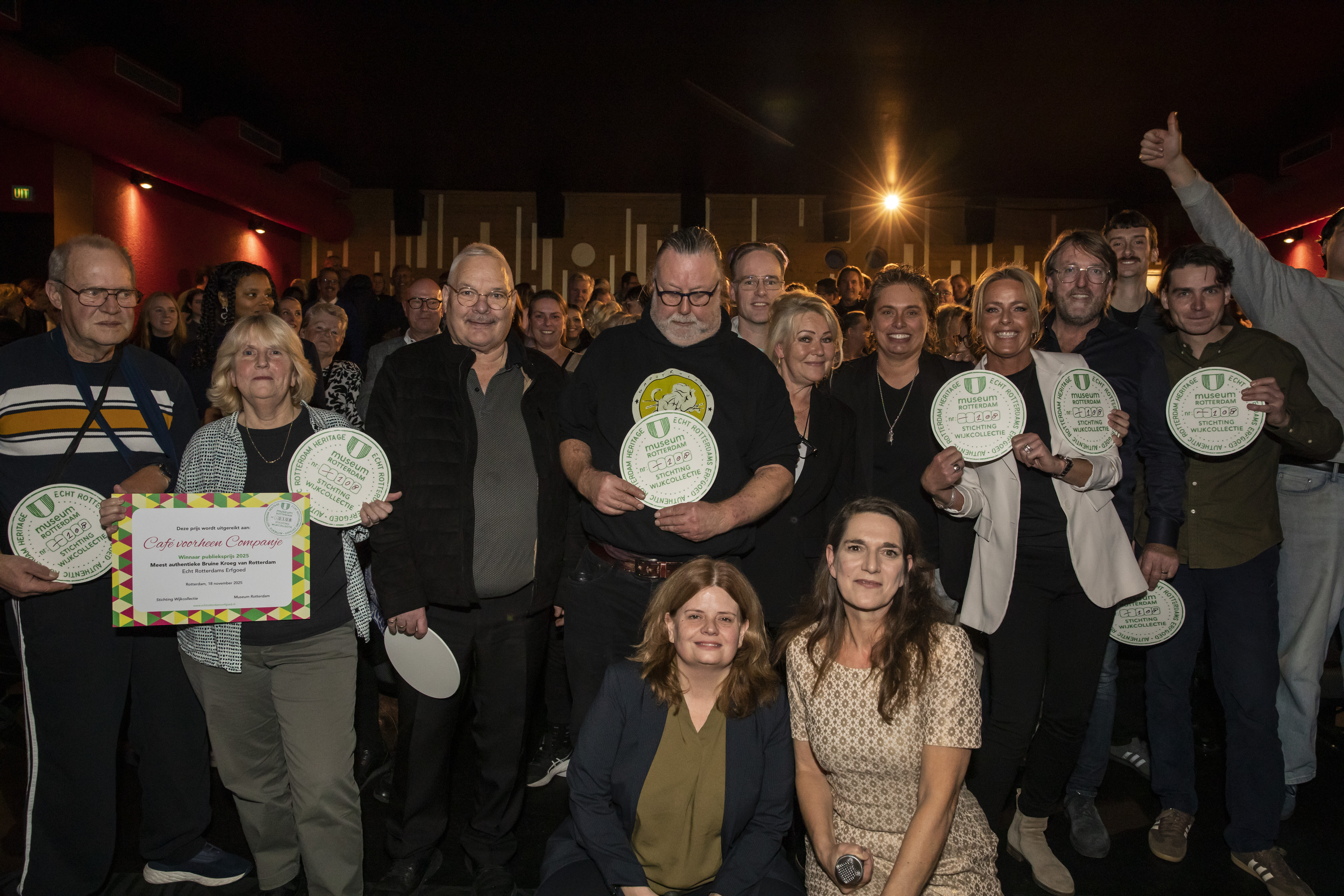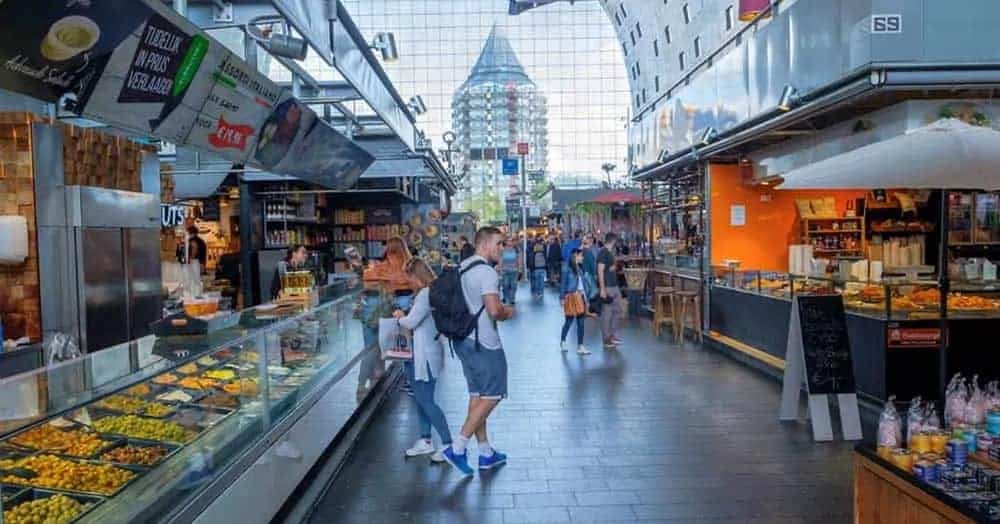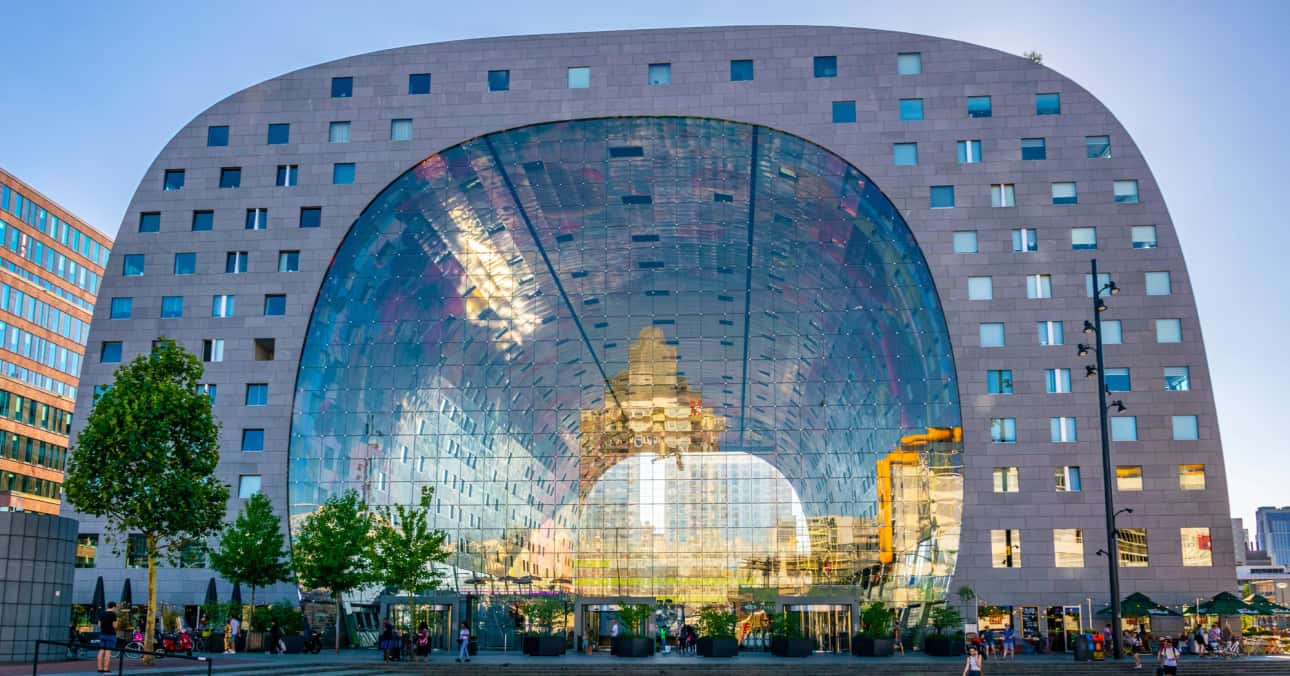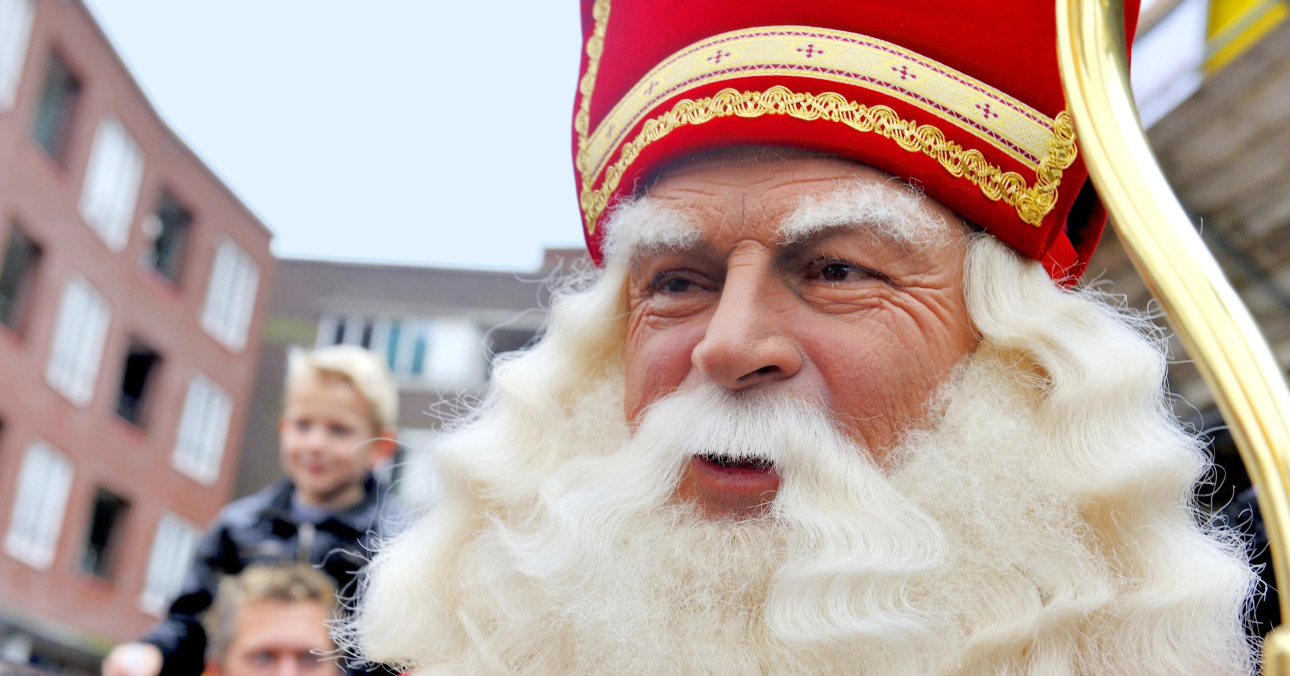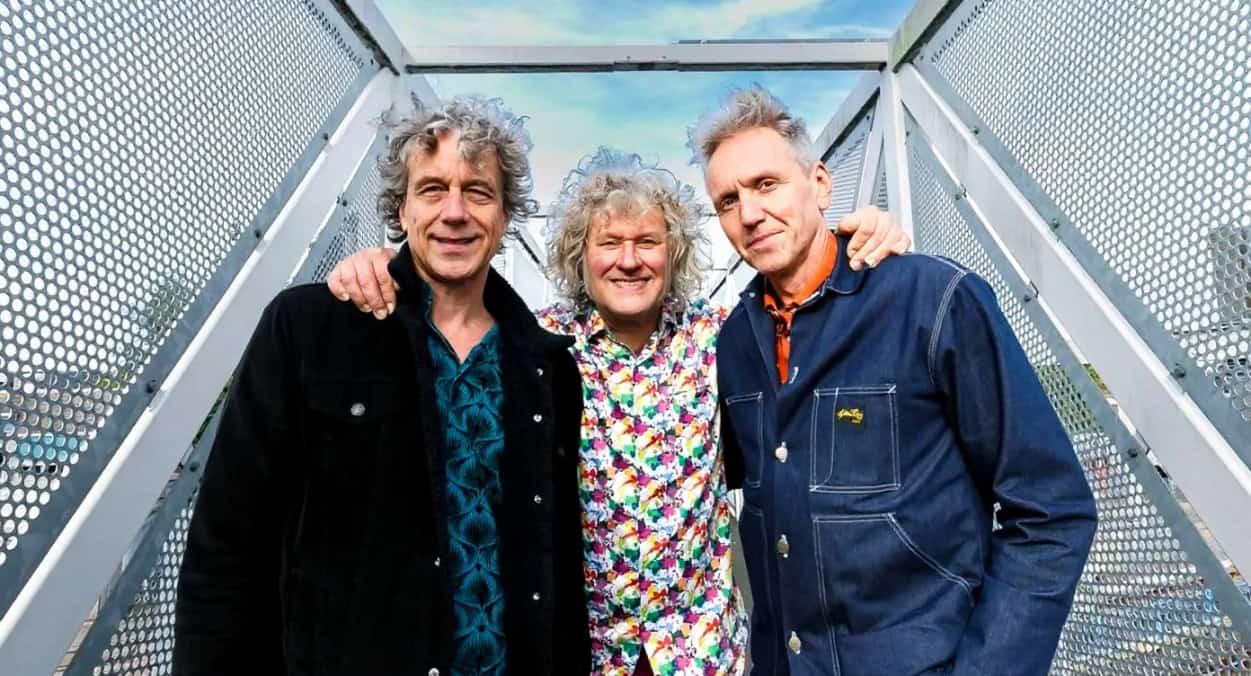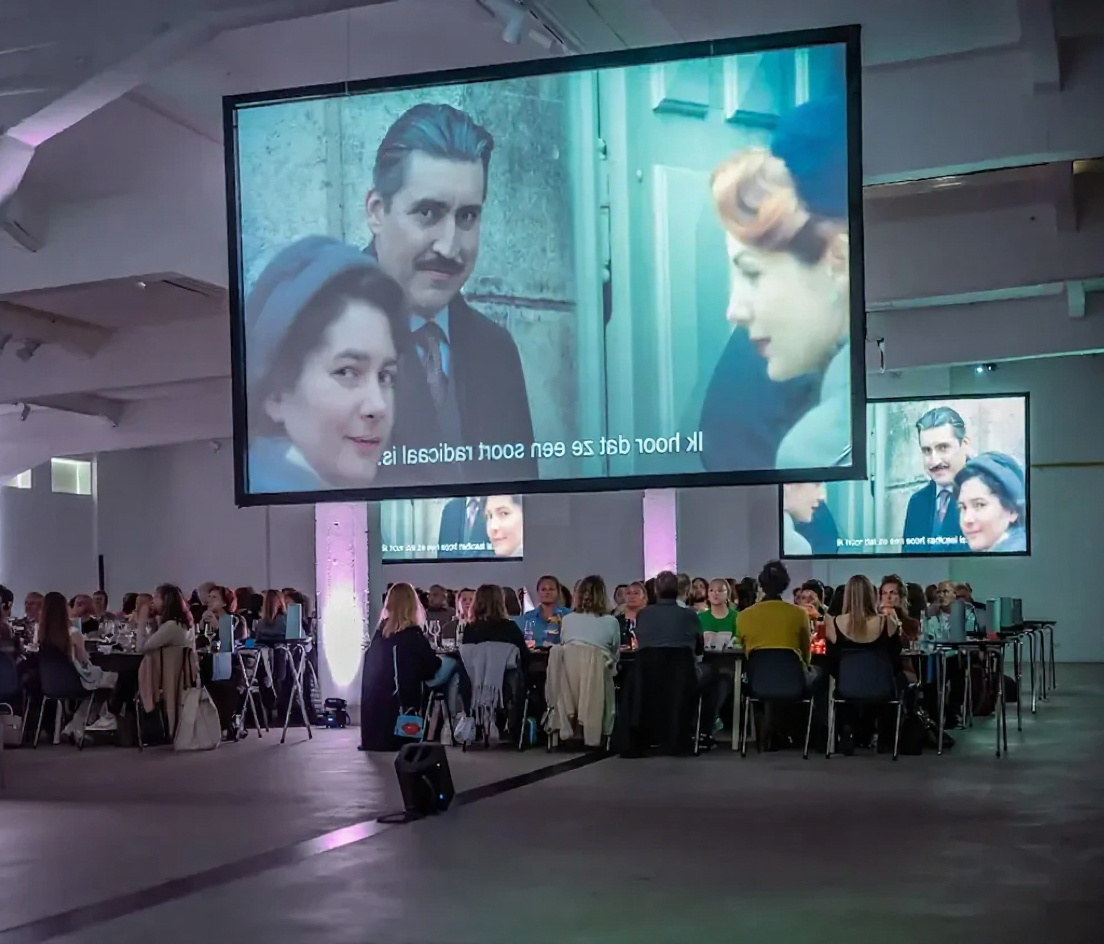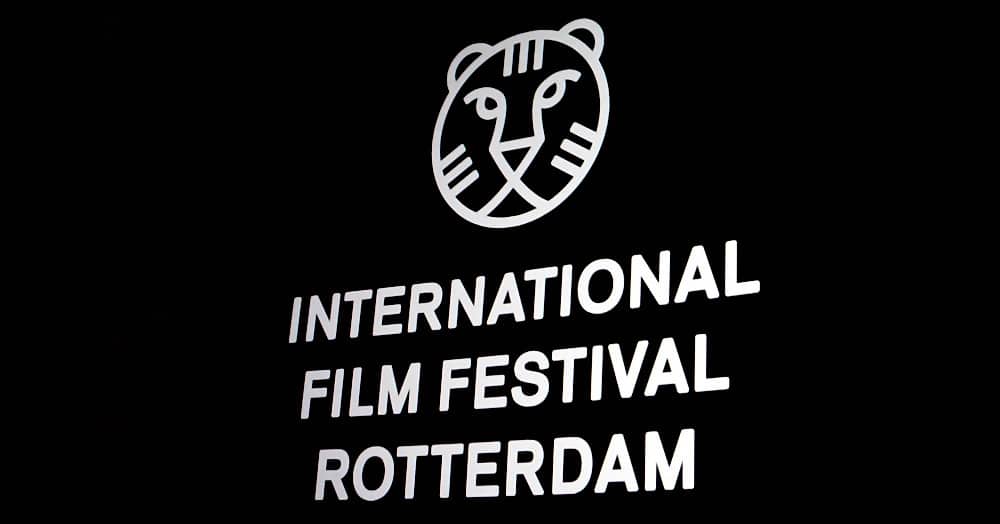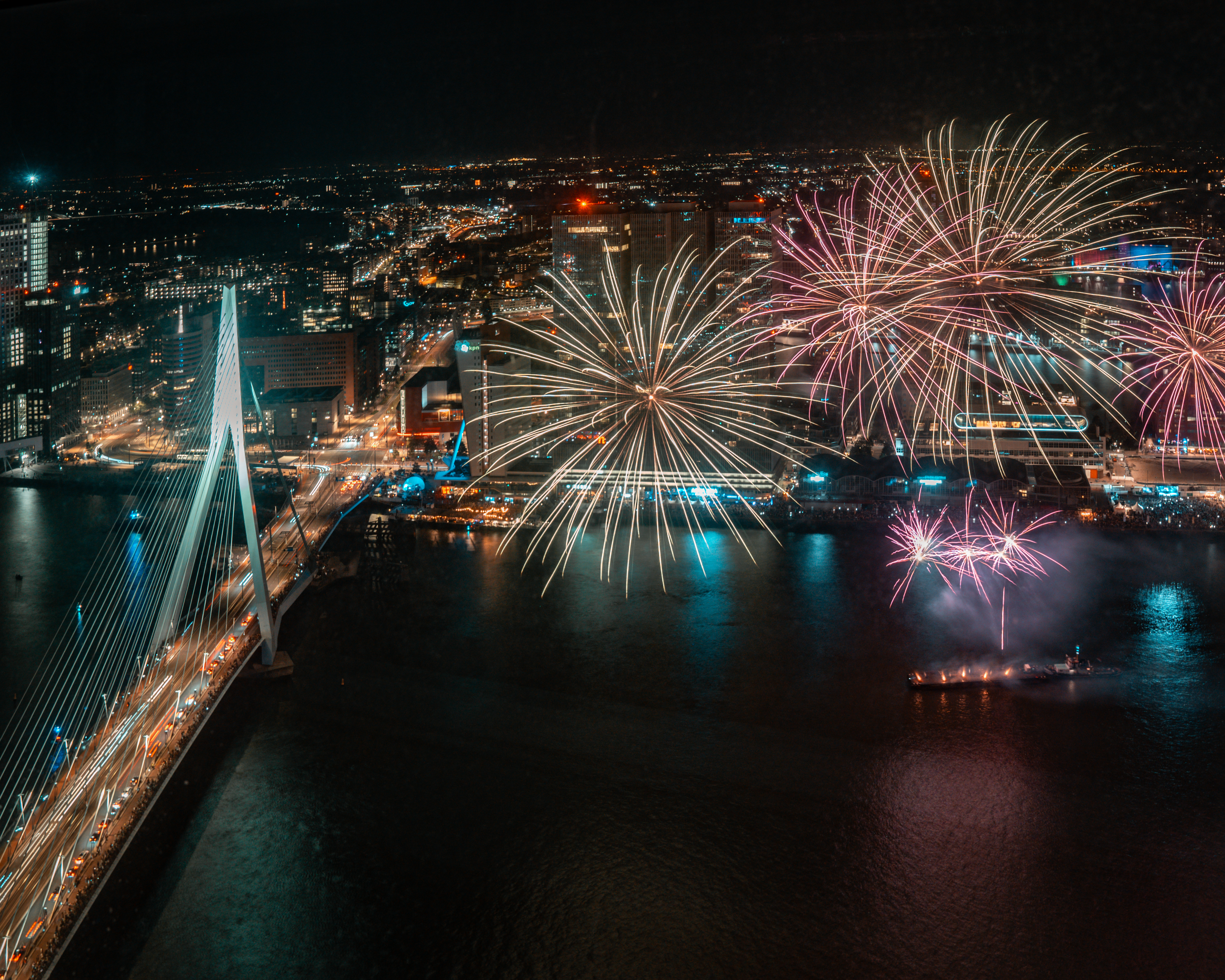Fenix in Rotterdam’s Katendrecht district explores migration through art, personal stories, and history, all within a landmark harbour warehouse. The museum invites visitors to reflect on journeys of movement and belonging from Rotterdam and beyond.
Exploring migration at Fenix
Fenix (Fenixloods) in Rotterdam is a museum dedicated to the theme of migration. Through contemporary art, historical artefacts, personal narratives, and interactive installations, the museum examines the many ways people move, settle, and shape new lives. Its exhibitions bring together works by artists from across the world, demonstrating that migration is a constant part of human experience.
One of the museum’s notable features is the Suitcase Labyrinth, constructed from more than two thousand vintage suitcases donated by individuals worldwide. As visitors wander through the maze, they encounter audio stories and personal reflections from suitcase owners, each piece representing a turning point or journey. This installation connects Rotterdam’s long history as a port city to stories of migration from many regions and eras.
Fenix also presents exhibitions such as All Directions: Art That Moves You and The Family of Migrants, which draw on photography, sculpture, and documentary projects to reflect on themes of identity, displacement, and belonging. In addition to the main galleries, the museum offers a large indoor plaza (plein) for community events and cultural gatherings, inviting local residents and visitors to share their own stories.
Museum director Anne Kremers describes Fenix as “a place that gives space to the stories and experiences of people who move – whether by choice or necessity – and helps make migration a subject of dialogue in Rotterdam and beyond.”
 The Suitcase Labyrinth at Fenix museum Rotterdam. Photo credit: Iwan Baan
The Suitcase Labyrinth at Fenix museum Rotterdam. Photo credit: Iwan Baan
The history of the Fenix warehouse and Katendrecht
The museum is housed in the historic Fenixloods (“Fenix warehouse”), a large industrial building on the Katendrecht peninsula. Katendrecht is known for its layered past as a harbour neighbourhood and entry point for countless arrivals and departures.
The original Fenix warehouse was completed in 1923 as one of the world’s largest storage facilities for port activities. At the time, the area served as a major gateway for emigrants leaving for North and South America, with the nearby Holland-Amerika Lijn building (Hotel New York) serving as a well-known point of departure. The quay also became a first stop for many newcomers, including seafarers, dockworkers, and Rotterdam’s Chinese community, which established one of the oldest Chinatowns in Europe in this district.
During the Second World War, the warehouse suffered significant damage from bombing and fire. It was later rebuilt as two separate structures, named Fenix I and Fenix II, after the mythical phoenix (“fenix” in Dutch) that rises from its ashes—a nod to both Rotterdam’s and the building’s resilience. For decades, the warehouse continued to serve Rotterdam’s commercial port before being repurposed for cultural and culinary initiatives in recent years.
 Fenix Warehouse. Photo credit: Rotterdam City Archives
Fenix Warehouse. Photo credit: Rotterdam City Archives
Architecture and transformation
The architectural transformation of the Fenixloods has been led by both Dutch and international designers. The renovation preserved much of the original warehouse structure while adding a dramatic new feature: a twisting stainless steel staircase known as the Tornado, designed by MAD Architects. The Tornado rises through the building and leads to a rooftop terrace, offering panoramic views of the Rijnhaven and Rotterdam skyline.
The design deliberately contrasts the industrial history of the warehouse with contemporary elements, highlighting movement and transformation—fitting for a museum focused on migration. The restored warehouse retains its robust columns and harbour façades, while the modern atrium and public plaza create open spaces for exhibitions, dialogue, and community events.
 Fenix museum Rotterdam's Tornado staircase. Photo credit: Iwan Baan
Fenix museum Rotterdam's Tornado staircase. Photo credit: Iwan Baan
From vision to museum
The idea for a migration museum in Rotterdam emerged through the efforts of the Droom en Daad (Dream and Deed) Foundation, a local philanthropic organisation. Drawing on Rotterdam’s heritage as a city of arrivals and departures, the foundation worked with city partners and architects to realise a museum where stories of migration are collected, presented, and discussed. The Fenix warehouse was selected for its powerful connection to the city’s port history and its role in countless journeys. The development and renovation process brought together heritage, architecture, and public engagement, ensuring the museum would serve both residents and visitors for generations.
 The Family of Migrants overview, Fenix Rotterdam. Photo credit: Iwan Baan
The Family of Migrants overview, Fenix Rotterdam. Photo credit: Iwan Baan
Directions and visiting Fenix
Fenix is located on the Katendrecht peninsula, along the southern bank of the Maas. The address is Paul Nijghkade 5, in the Fenix II warehouse beside Rijnhaven. The museum can be reached on foot from the Rijnhaven metro station, or by water taxi and pedestrian bridges from Wilhelminapier and Hotel New York. The area is also home to restaurants, cafés, and cultural sites, making it a vibrant part of Rotterdam to explore.

